Too many webmasters these days fall into a deceptively easy trap when it comes to creating effective website designs. They choose pretty colors and add pretty pictures -- basically, they design their sites to look good without any regard for proper marketing techniques!
And while this may accidentally result in a few truly effective website design schemes once in a while, there's a much better way to approach your site's construction!
One handy way to determine whether or not your site's design is helping you to meet your stated web business goals is to imagine holding a conversation with your pages. If your site is small, your homepage will be your most likely be the page most visitors use to enter your site. However, if you've designed multiple pages for products or landing pages for paid advertising campaigns, it's worth carrying out this analysis on each of these pages as well.
To start, take a look at your website's colors. Based on these colors alone, what conclusions can you draw about the site?
This is the first place where designing by desired appearance can get webmasters into trouble. In fact, colors carry powerful emotional and psychological meanings. When used incorrectly, your website's colors may interfere with how well your site's message is perceived and interpreted.
For example, think about the color red. Red is associated with energy -- so much so that when surrounded by it, you may find yourself feeling flushed and excited. Now, imagine that you've used red as a primary color on your day spa's website. Although it might look good, having an honest conversation with your website will reveal that the red you've chosen is hindering your ability to promote a relaxed, peaceful environment.
If you aren't sure what your website's colors are saying about its motivations and intentions, take some time to study up on color psychology. These principles can be incredibly powerful when used appropriately in website design!
Next, thoroughly examine your website's structure. Decades of viewing websites have trained users on how to sort professional, legit websites from their less qualified counterparts, and structure plays a big role in this subconscious decision making process.
To see this in action, take a look at the following two current website examples:
Although both websites come from professional organizations, the structure of the website used in the second example conveys this idea much more thoroughly.
So again, take a look at your website. Do the page layouts and structures you've chosen convey the image you'd like your brand to have in the public eye? If not, consider either making improvements to your existing design to reflect your structural ideals or replacing your site entirely. These days, the number of Wordpress templates available for sale makes this platform an excellent option for building professional-looking website quickly and easily. Finally, once you've analyzed your website's colors and layout, take a look at the content of landing pages. Landing pages are typically tied to online advertising.
Ideally, a landing page should be structured to encourage users to take one single, specified action. For example, you might want landing page visitors to purchase a product, or you may simply want them to fill out a lead generation form to receive more information or a future call from you. Whatever the case may be, it's best to concentrate on a single action in order to avoid sending mixed signals to your prospects.
With this in mind, look at your landing pages again with a fresh set of eyes. Based on the content you've included (and this might involve text blocks, images, graphic arrows and more), is it immediately obvious what action a visitor should take? If the action itself is clearly defined on the site, are the benefits of taking said action apparent as well?
If you don't feel that your landing page immediately conveys your desired action -- as well as why visitors should follow through on your request -- as clearly as possible.
#1 Go bare bones. Strip the page of all irrelevant information like additional call to actions, videos that automatically run when you land on a page, wording on the page that doesn't directly speak to visitors needs, etc. A bare bones page will also allow your call to action to be more visible on the page (remember to use a large button for your call to action).
#2 Use heat mapping tools to identify how visitors are viewing your page. This analysis should uncover on-site "hot spots" that show where viewers are focusing their attention and where, consequently, the most effective areas for your action items will be.
#3 Use A/B split testing to determine whether or not the modifications you've made have been effective or not. Doing so will ensure that any changes you make to your website aren't just being done to improve its appearance according to your perception, but that they're resulting in conclusive, measurable improvements to your website's overall performance.